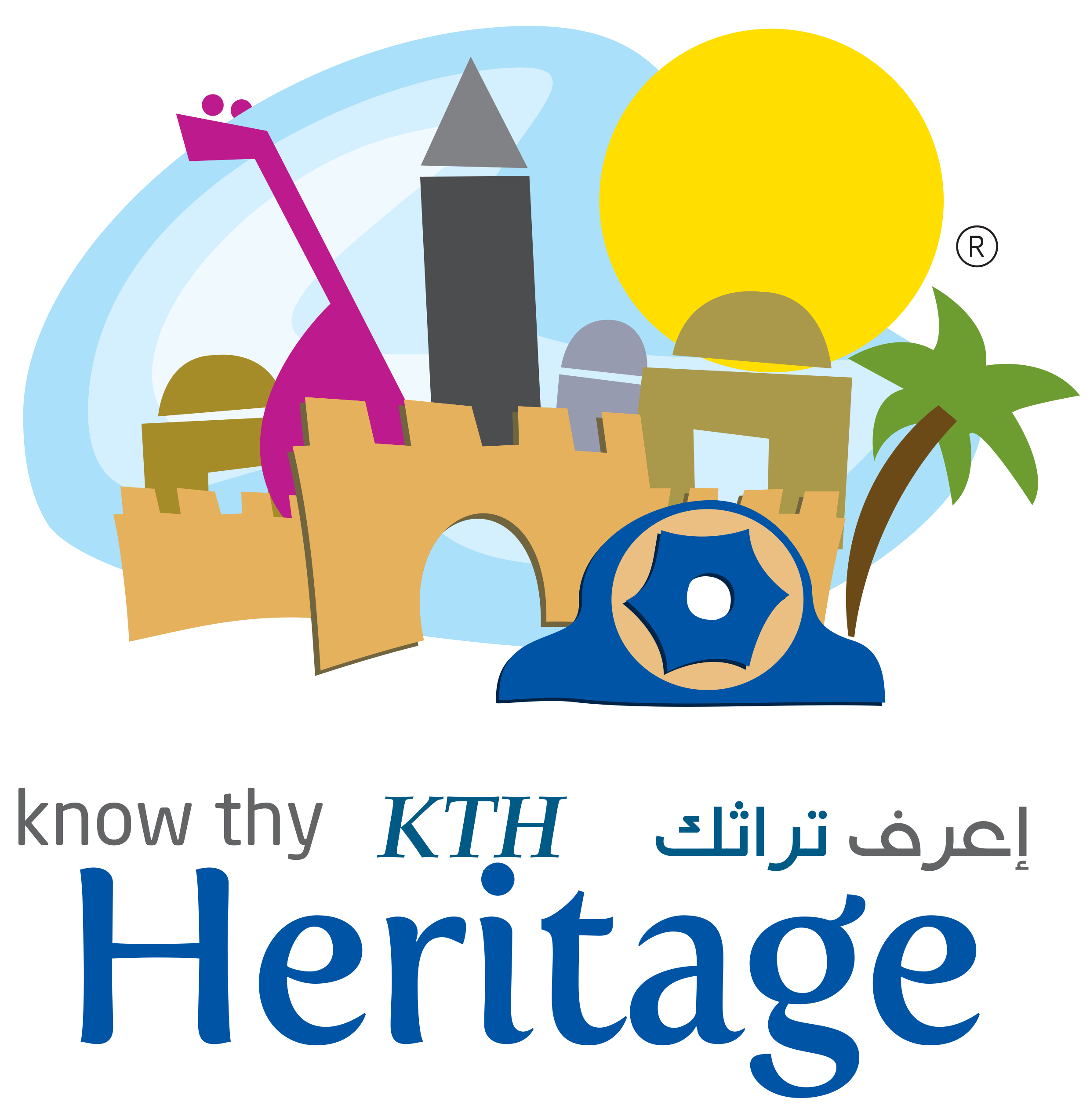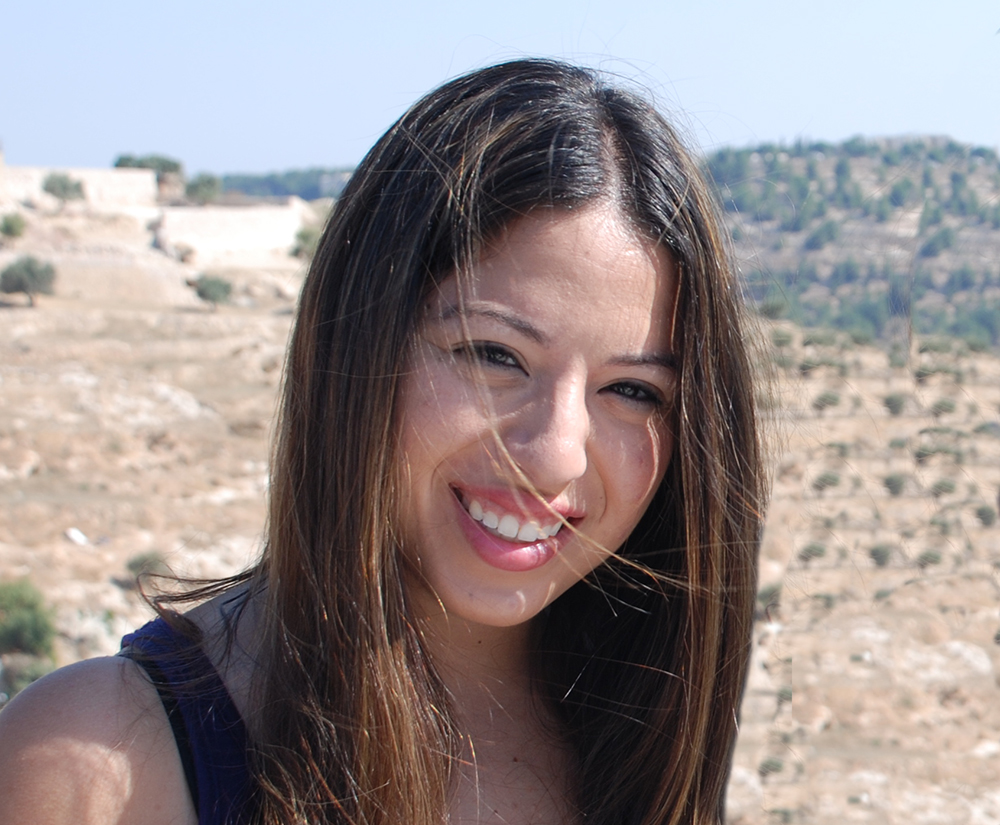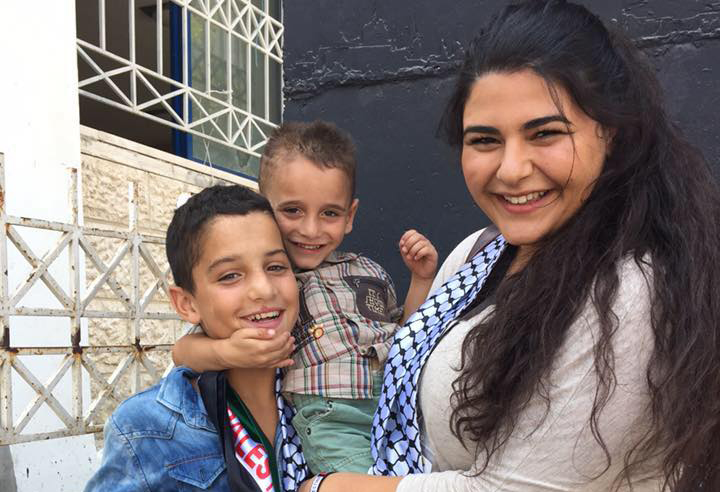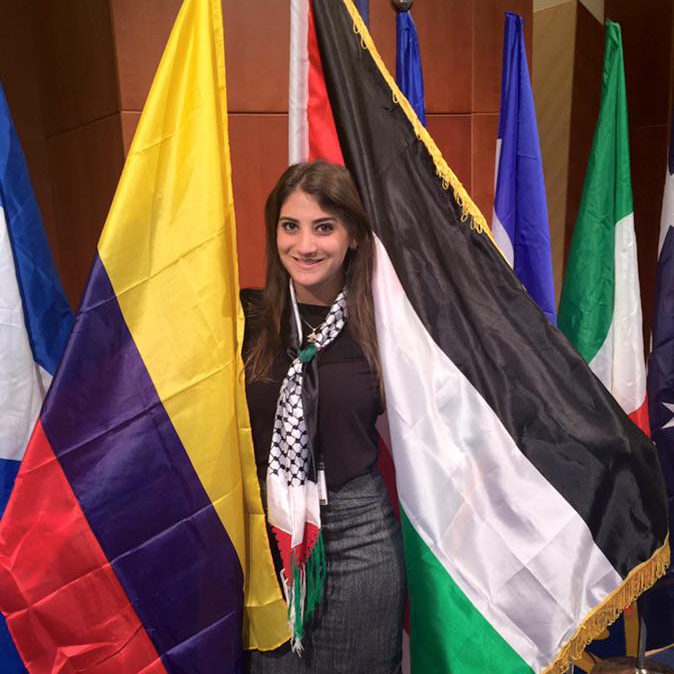Aida Refugee Camp
– Serene D.
I am writing from a 5-star hotel in Ramallah, but my thoughts are with Aida Refugee Camp. The contrast between my experiences in Ramallah and observations in Aida is stark, but it illuminates something we hear often: the burden of the Palestinian struggle lies most greatly on the backs of Palestine’s refugees.
At Aida, one can stand in one spot and see watch towers, the annexation wall, poverty, and displacement all at once. A man from the Lajee Center told us stories of confrontations with the Israeli army, and the walls told their own stories with beautiful graffiti depicting prisoners, nostalgia for home, lost loved ones, and so on. One image stated: “Here only the butterfly and birds are free.”
On the way out, a boy living in Aida asked me for my kuffiyeh-print KTH scarf. I wanted so badly to give it to him. The kuffiyeh symbolizes Palestinian resistance, and by living steadfastly in this camp, I felt that the little boy deserved to wear it more than me. I thought about how the children of the camps are children with no childhood — youth but not children, at least not in the American sense of the term. Our friend from the Lajee Center chastised the boy, telling him we are guests and he should never take from guests — only give. That was not the first instance our guide spoke with passersby. Everyone in the camp knows everyone, and it was clear from walking through that the camp is a tight-knit community, as any community under so much pressure would come to be. The lunch and cake the Lajee Center served us was amazing: traditional Palestinian maqluba and possibly the best homemade chocolate cake I ever had. We then painted the wall that snakes through the camp. We stuck with messages because our friend relayed that he and other Palestinians in Palestine do not appreciate the pretty images foreigners have drawn. “The wall is ugly,” he told us. “And it should remain ugly.”
Earlier that day, we heard a lecture at the Applied Research Institute Jerusalem (ARIJ) Center. Having seen firsthand parts of the West Bank and Jerusalem, we appreciated hearing about it in terms of numbers and research in the geopolitical context. Despite the grim nature of the situation, the lecturer made us laugh quite a bit too. This is something I have experienced all my life with Palestinians, and am now experiencing in Palestine itself: lots of jokes and laughter, no matter how difficult things are.
Later, we heard from Sami Khoury from VisitPalestine.ps about Diaspora Tourism and we brainstormed ideas for how to increase tourism to Palestine, especially among people in our very own diaspora. Not only is Palestine full of important religious and historical sites, it has rich culture and natural beauty, just as the Bethlehem Museum showed us through it’s lovely exhibits. There is still so much more to see. I am incredibly humbled to be here and excited to share more with you!
Serene is a Know Thy Heritage 2015 delegate from Chicago, Illinois. Her family is originally from Lyd. To learn more about the KTH 2015 delegation’s journey throughout Palestine, follow them on Facebook, Twitter, Instagram, and online at kthps.org





